
Warehouse Organisation & Design
Searching for the tools and ideas to design an expert warehouse floor plan? Discover how to maximize space and productivity with the latest technology in racking and automated systems.
-

-

Pareto chart: How to make one and examples in logistics
-

What is CMMS software?
-

Automotive logistics: Key challenges and how to tackle them
-
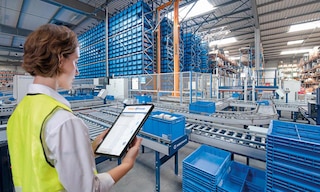
Dead stock and how to avoid it
-

Waybill for goods transport
-

Supply chain strategies for business success
-

Inventory turnover: The key to warehouse efficiency
-

Cartonisation and its benefits for logistics
-
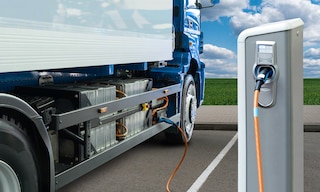
Electric vehicles in logistics and freight transport
-
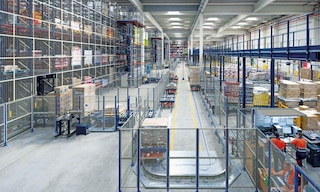
Warehouse setup: definition, types and examples
-
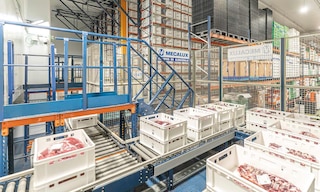
FEFO: optimising inventory management for perishable goods
-
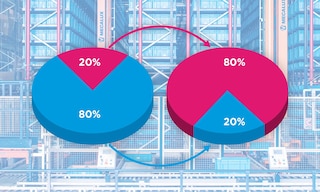
Pareto law: optimising logistics processes with the 80/20 rule
-

Logistics history: origin and development
-

Warehouse areas: essential zones for efficient management
-

Double handling: example of waste in Lean logistics
-
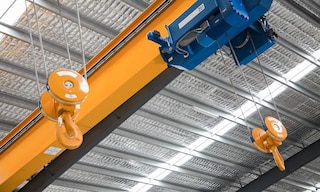
Hoist: definition and function in warehousing
-

Logistics processes: key points for optimising your supply chain
-

Hyperloop in logistics: will freight transport be able to travel at 750 mph?
-
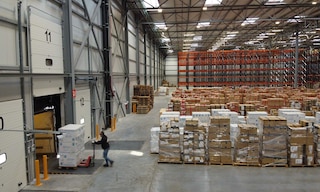
Freight deconsolidation: a key inbound operation
